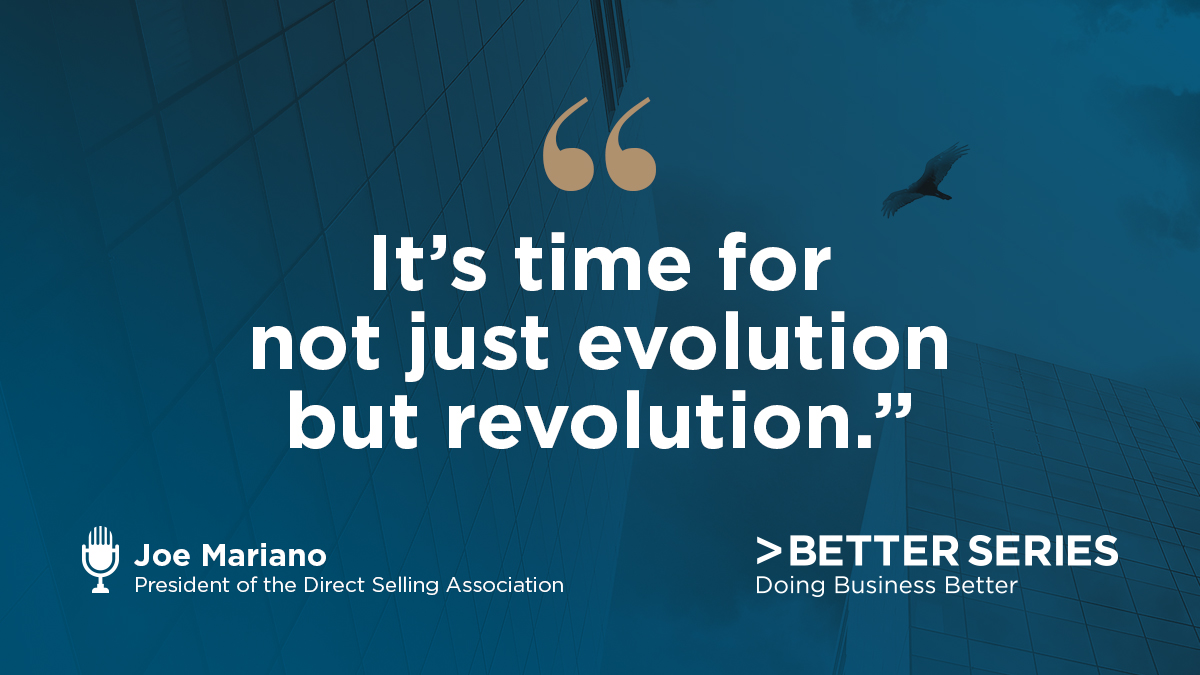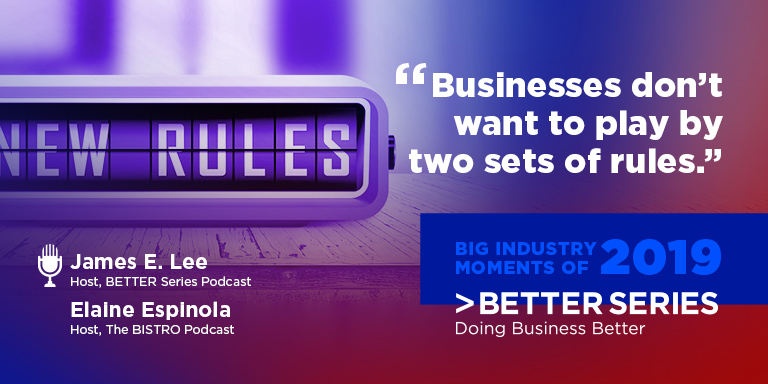Podcast (adwatchers): Play in new window | Download (Duration: 29:17 — 40.3MB) | Embed
Subscribe: Apple Podcasts | RSS

In the final episode of the season, Ad Watchers hosts Annie Ugurlayan and Eric Unis go global. They are joined by Sibylle Stanciu-Loeckx, the executive director of the International Council for Advertising Self-Regulation, to discuss the international landscape of advertising self-regulation, including global hot topics, how countries find consensus on critical advertising issues, and the launch of a new Global Think Tank established to explore advertising’s next frontier.
Annie, Eric, and Sibylle discuss the importance of advertising self-regulation on a global scale. They cover the diverse approaches to advertising standards across different countries, the current challenges faced by self-regulatory organizations, and the launch of a new Global Think Tank aimed at fostering collaboration and developing better advertising guidelines. This episode emphasizes the need for ethical advertising practices and examines the role of AI in shaping the future of advertising self-regulation.
Key Takeaways:
- Cultural differences shape advertising self-regulation systems.
- AI presents both opportunities and challenges in advertising.
- Collaboration among self-regulatory organizations (SROs) is essential for effective self-regulation.
- The ICAS Think Tank aims to enhance global advertising standards.
- Consumer complaints are a significant focus for many SROs.
- Sustainability and responsible advertising are hot topics globally.
- US advertising regulations influence global practices.
- Ethics in advertising is a universal commitment.
Chapters
00:00 Introduction to Advertising Self-Regulation
02:02 Exploring ICAS and its Global Impact
10:10 Diverse Approaches to Advertising Self-Regulation
14:52 Current Challenges in Advertising Self-Regulation
20:06 Building Consensus Among Global SROs
24:51 Future Trends in Advertising Self-Regulation
Relevant Resources:



